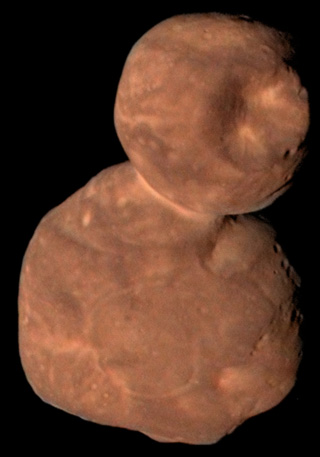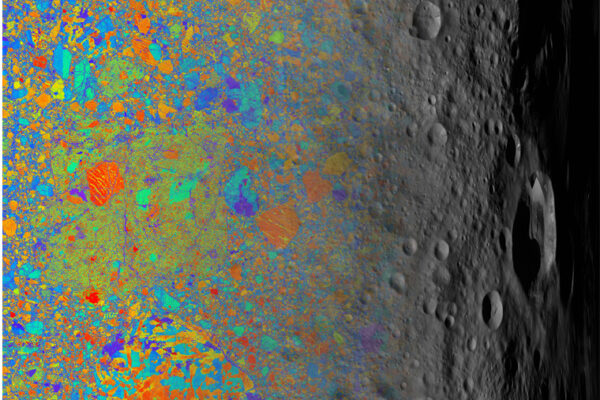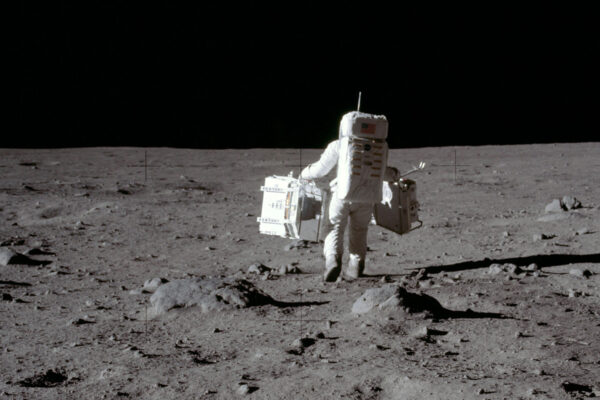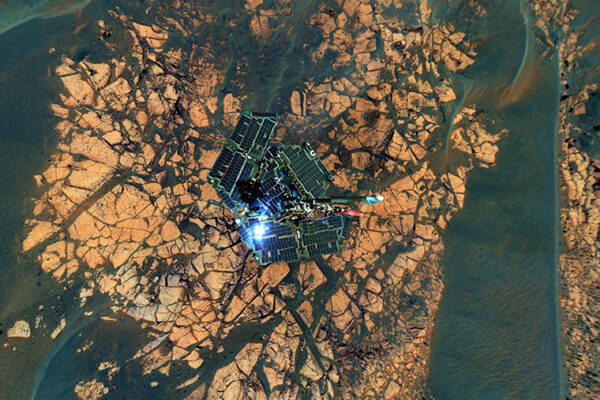
The farthest, most primitive object in the solar system ever to be visited by a spacecraft — a bi-lobed Kuiper Belt object known as Arrokoth — is described in detail in three new reports in the journal Science.
William B. McKinnon, professor of earth and planetary sciences in Arts & Sciences at Washington University in St. Louis, is a co-investigator on the New Horizons mission and the first author of one of the new publications.
The reports expand upon the first published results on this object, previously announced in the May 2019 issue of Science. Those previous results were based on a small amount of initial data from the New Horizons spacecraft after a January 2019 flyby.
The new reports are based on over 10 times as much data from that flyby. Taken together, they provide a far more complete picture of the composition and origin of Arrokoth and point to the resolution of a longstanding scientific controversy about how such primitive planetary building blocks called planetesimals were formed.
For their portion of the work, McKinnon and colleagues used simulations to better understand how Arrokoth formed.
Their analysis indicates that the two lobes were previously independent bodies formed close together and assembled into the present-day object very gently. The finding points to formation in a local particle cloud of the solar nebula and not by the other longstanding theory of planetesimal formation, called hierarchical accretion, in which objects from disparate parts of the nebula collided to form the object over an extended time span.
“Just as fossils tell us how species evolved on Earth, planetesimals tell us how planets formed in space,” McKinnon said. “Arrokoth looks the way it does not because it formed through violent collisions, but in more of an intricate dance, in which its component objects slowly orbited each other before coming together.”

McKinnon presented these results at a Feb. 13 briefing at the beginning of the 2020 American Association for the Advancement of Science annual meeting in Seattle. This meeting is considered the world’s largest general scientific gathering.
Other researchers also presented two studies based on the new results from the close-up images of Arrokoth, which means “sky” in the Powhatan/Algonquian language.
One study investigated the shape and volume of Arrokoth’s lobes and uses crater density to infer the age of its surface at about 4 billion years or more. The other study examined the uniform color and composition of Arrokoth’s surface. These studies also support the discovery that Arrokoth was formed in a collapsing, local solar nebula particle cloud.


